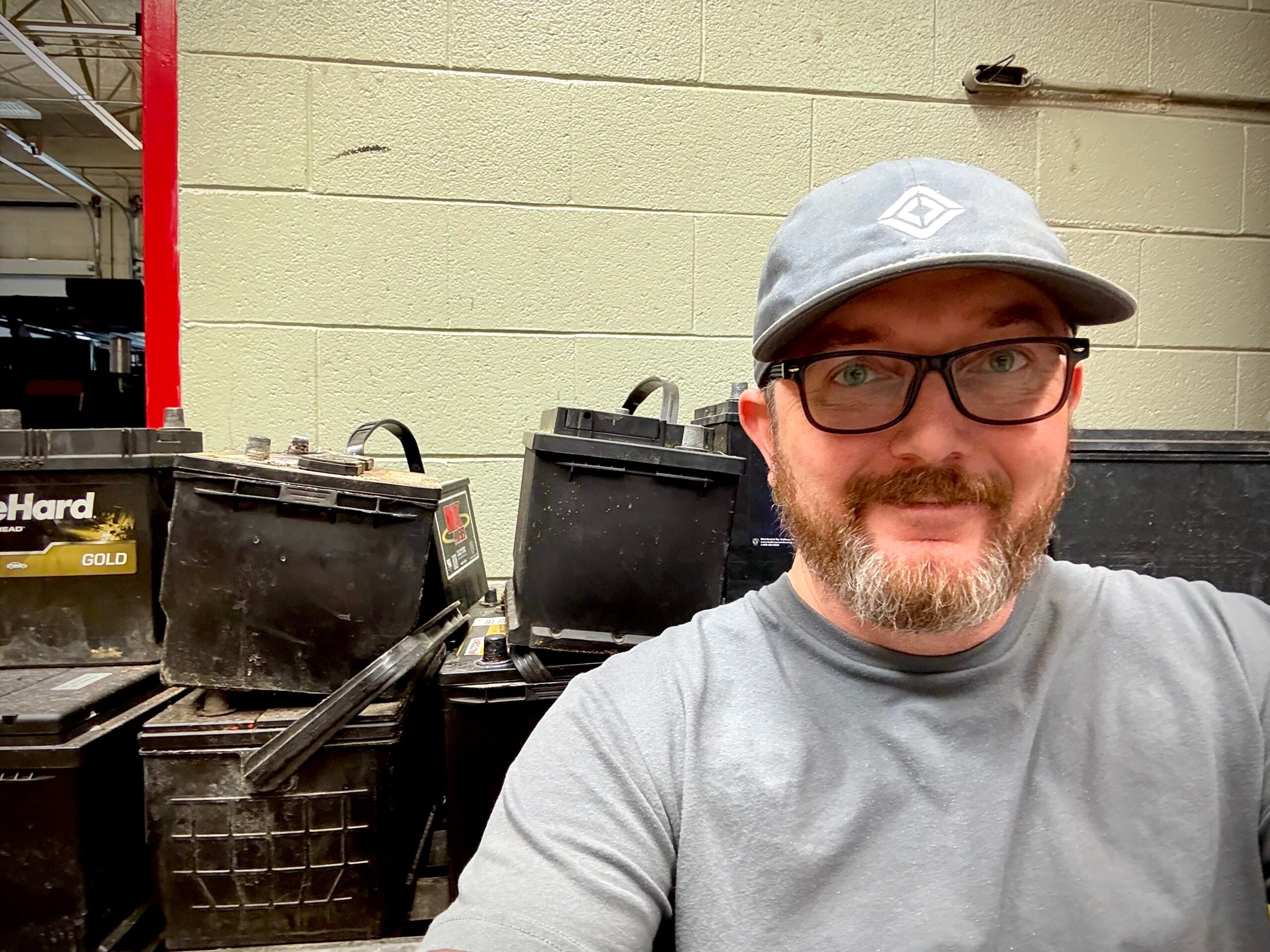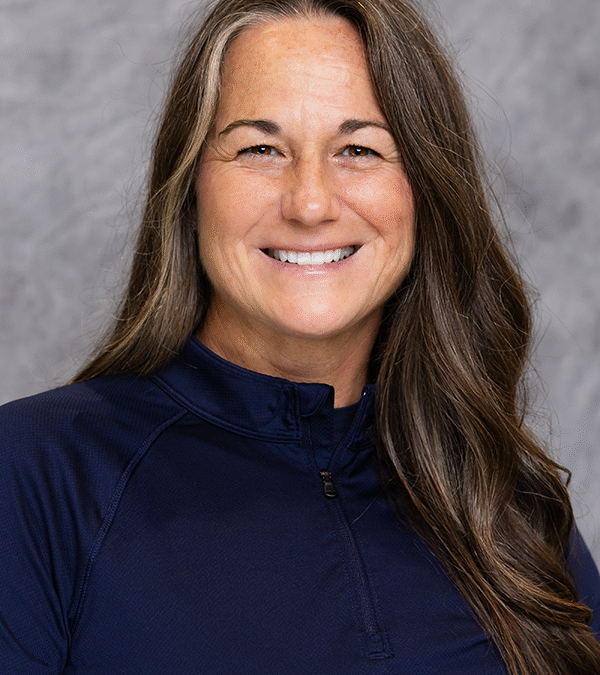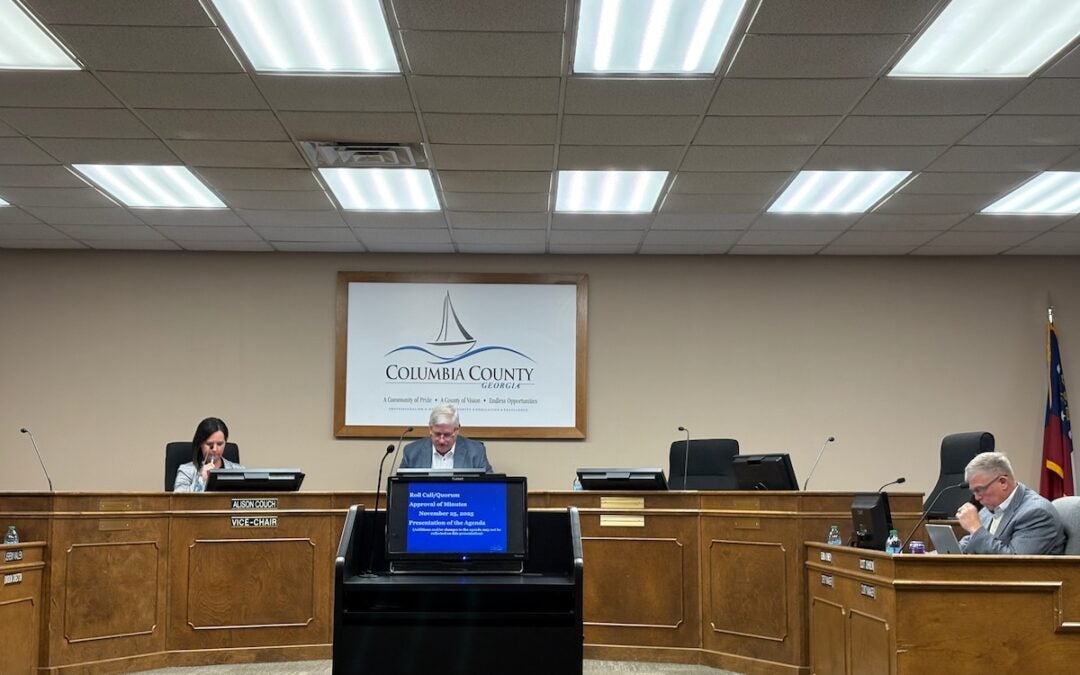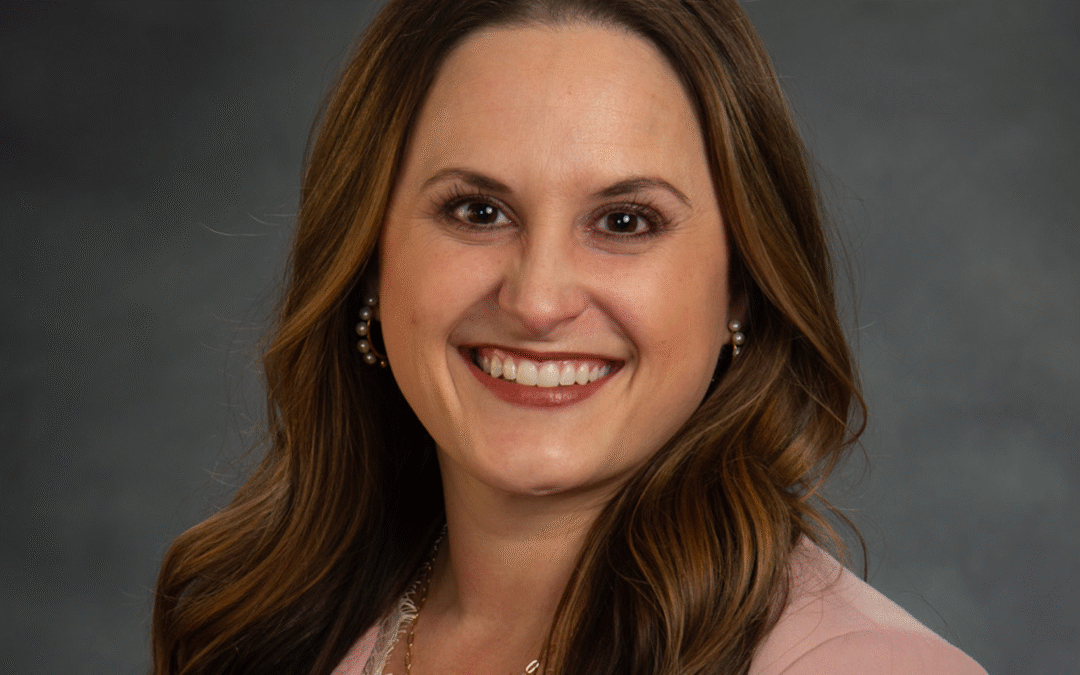Last week I went to a local Ford dealership to purchase a new truck. The truck was a brand-new ford Maverick XL Hybrid, which is a very popular truck right now. I spotted the car online and without calling the dealer, went to buy it.
I test drove a similar truck because the truck I was interested in was not on the lot at the moment. It was a nice truck, and I was sold on it.
We walked into the dealer to discuss terms and financing. I was able to negotiate the deal I wanted. I was then told that the truck in question had an open recall on it and was not to be sold until it was repaired. The repair was a software patch for the backup camera, which was freezing up on customers and causing drivers to back into things. Bummer!
Due to the popularity of this model, I didn’t want to lose my place in line. I put a small deposit on the truck, and I am now waiting for Ford to create a fix.
Recalls are service repairs for cars sold in the United States. Some are small fixes and some are more serious. These are like “edits” that will fix cars that have safety or performance problems. Some of these are caused by faulty parts, software or to even repair poor manufacturing techniques. Recalls are covered by the automotive manufacturer or part supplier and normally are completed by dealership personnel.
More recently, companies like Tesla have been doing software updates over the air, repairing software problems with updates performed in the customer’s driveway. Some recalls are mandatory, some are voluntary, and customers are never charged for them. The manufacturer is responsible for due diligence of informing the current owner of these cars. The National Highway Traffic Safety Administration is the government body that enforces the mandatory part of recalls and has the ability to fine manufacturers that do not comply.
In 2023, more than 34 million cars sold in the United States had recalls. Every car manufacturer had a recall across at least part of their car lines. It is important to remember that cars are made of thousands of pieces, and it takes thousands of operations to manufacture them. Engineers try to design them as safely as possible, but real-life use of vehicles can show cracks in their theories. They are also assembled and quality checked by people, and I haven’t met a perfect person yet.
Recalls can also come with requirements, such as do not operate, park outside, and the one my Maverick has, a stop sale.
Do not operate means the car needs to be towed to the dealer immediately and should not be driven. These vehicles have severe issues that make them unsafe to drive whatsoever. With recalls of this severity, the customer may be given a loaner or rental car to be covered by the manufacturer, but that is not a requirement by the NHTSA so your results may vary.
Park outside warnings are for vehicles that have a risk of spontaneous fires. These vehicles should be parked outside of garages and away from anything. Most of these vehicles have electrical issues and can cause collateral damage if they catch fire. The Chevrolet Volt EV is one of the most recent of these, needing battery pack replacement due to problems with the high voltage battery.
Stop sale actions means the vehicle cannot be sold or transferred until the recall is performed. These vehicles can still be sold as preowned vehicles, so it is necessary for the buyer to check for recalls before purchase. The VIN number and a quick call to the dealership is all you need to know for sure.
Recalls are just part of life in the automotive business, and no maker seems to be immune. They should be taken seriously, but they are not necessarily an indication of vehicle quality or company culture. Any dealer can check if you have open recalls, and most will check every time your car is in for service.
As for me, I will see you on the road!










